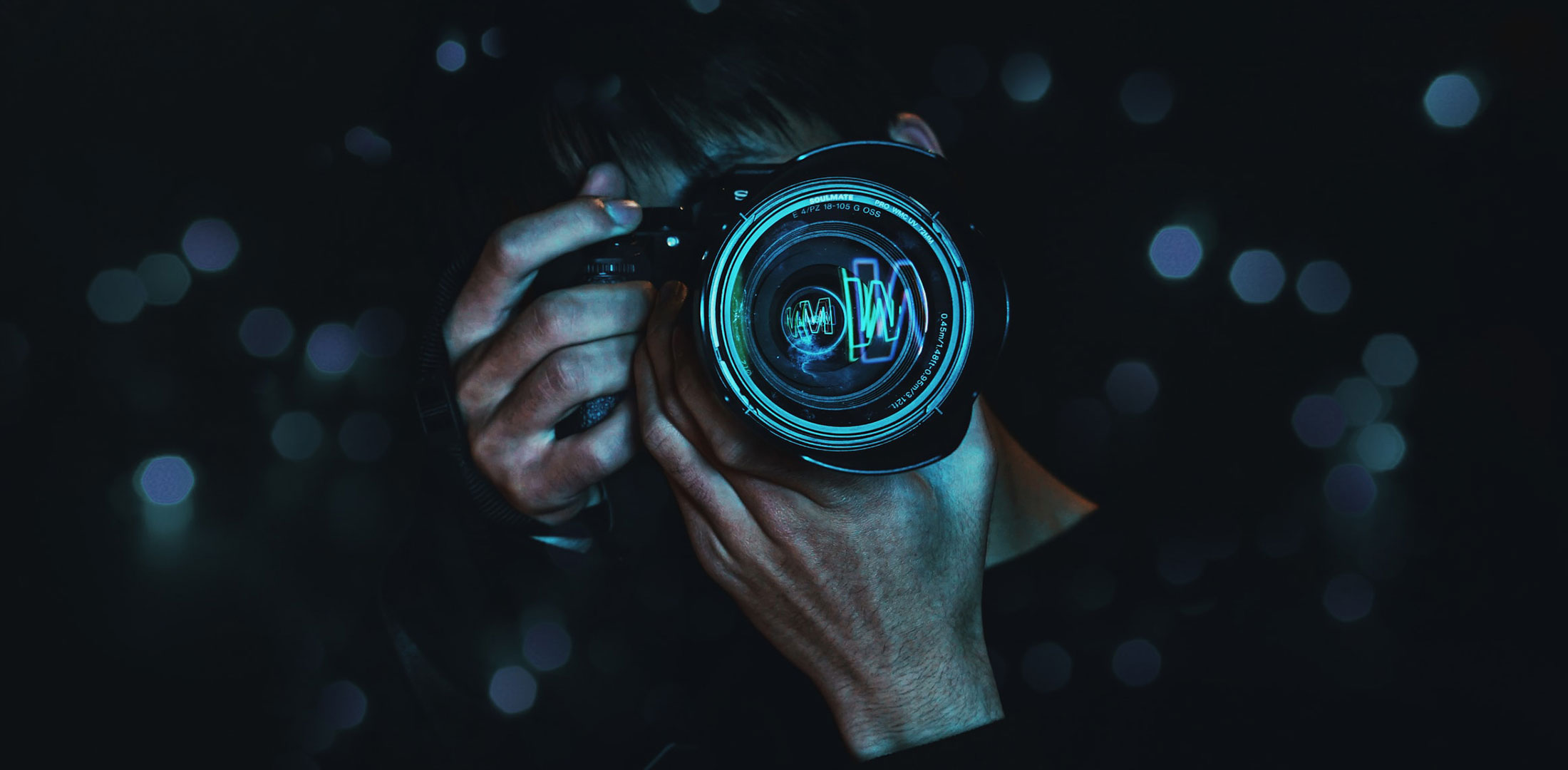
Costume and Set Design
Costume and Set Design
Costume and set design are integral components of theatrical and cinematic productions, playing pivotal roles in bringing stories and characters to life on stage and screen. These creative disciplines involve meticulous planning, artistic vision, and attention to detail to ensure that the visual elements of a production align with the director’s concept and enhance the audience’s experience. Let’s delve deeper into costume and set design, discussing their key aspects in detail:
Costume Design:
Costume design is the art of creating and selecting costumes or clothing for characters in a performance. This includes theatrical productions, films, television shows, dance performances, and more. Here are the key components and considerations in costume design
Character Analysis:
Costume designers begin by analyzing the script and understanding the characters’ backgrounds, personalities, and motivations. This analysis informs the design choices to ensure that costumes reflect the characters’ identities and help convey their stories.
Research:
Extensive research is conducted to ensure historical accuracy (if applicable), cultural authenticity, and relevance to the time and place in which the story is set. Designers often draw inspiration from historical fashion, art, and contemporary trends.
Collaboration:
Costume designers collaborate closely with directors, actors, and other members of the production team. This collaboration helps ensure that costumes align with the overall vision of the production and meet the practical needs of the performers.
Sketching and Rendering:
Designers create sketches and renderings of costume ideas, considering fabric choices, colors, textures, and accessories. These drawings serve as visual references for the production team and costume construction.
Fabric Selection:
Choosing the right fabrics is crucial. Designers consider factors like comfort, durability, movement, and how fabrics react to different lighting conditions. They also need to work within budget constraints.
Costume Construction:
Once designs are finalized, costumes are either purchased, rented, or custom-made by costume shops. Skilled costume artisans and seamstresses bring the designs to life, paying attention to every detail, including fittings for individual actors.
Costume Maintenance:
Costume departments are responsible for maintaining and repairing costumes throughout the production’s run, ensuring they look pristine for each performance or scene.
Character Evolution:
Costumes can reflect a character’s growth or transformation over the course of a story. Changes in costumes can be subtle or dramatic, depending on the narrative.
Practical Considerations:
Costumes must be functional for the performers. They should allow for ease of movement, quick changes, and comfort, particularly in theater where actors may need to perform in costumes for extended periods.